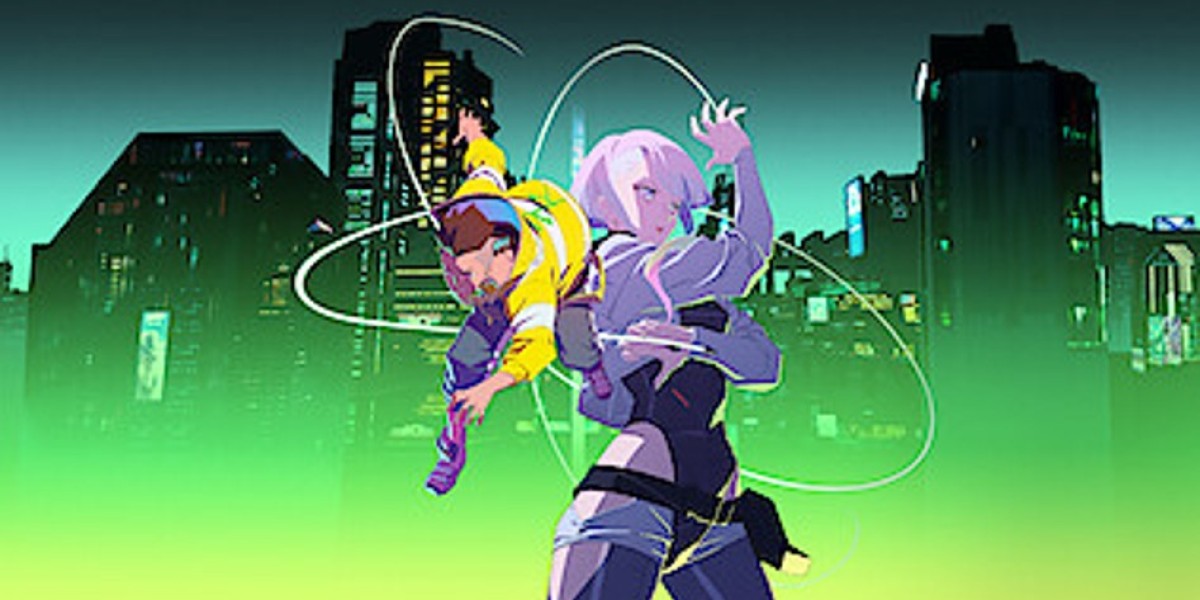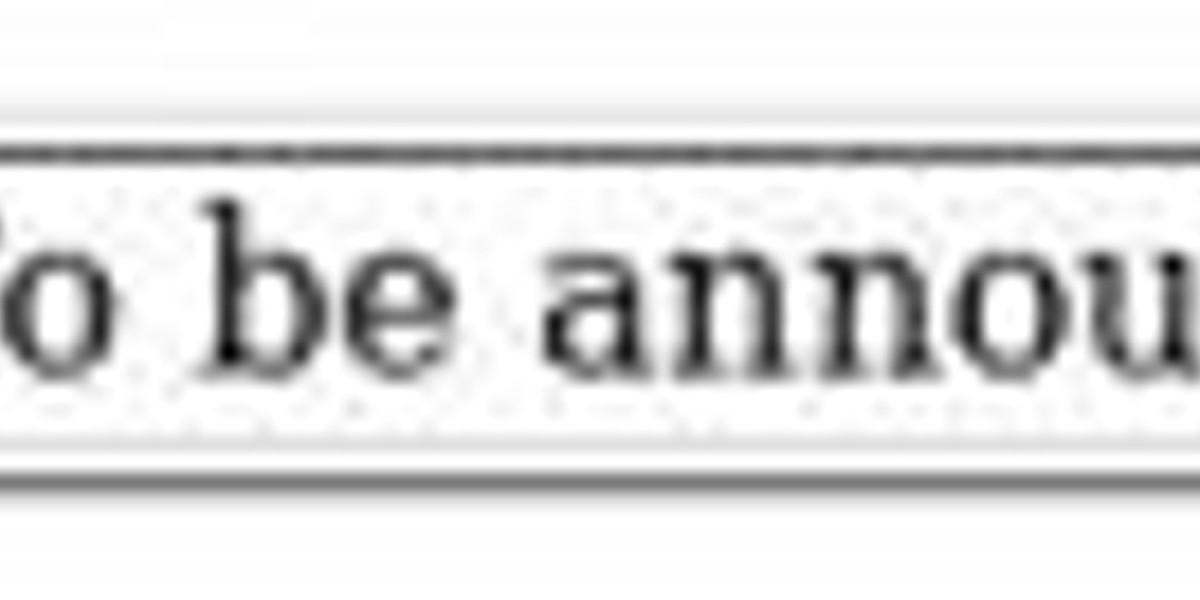Types of Doji Candles: A Simple Guide to Reading Market Sentiment
Have you ever felt like decoding the stock market is a little like reading the clouds, looking for subtle shapes and signals? In the world of trading, candlestick patterns – especially doji candles – serve as those very clouds, offering hints about potential changes in market direction. Whether you're brand new to trading or simply curious about technical analysis, understanding these special candlesticks like the gravestone doji candlestick and dragonfly doji can transform the way you read price charts. Let's take a gentle stroll into the world of doji candles: think of them as little footprints left by buyers and sellers, each step signaling what could happen next. Grab your favorite beverage and settle in – by the end of this article, spotting and interpreting doji candles might just feel like second nature.
Discover types of doji candles, including gravestone doji candlestick and dragonfly doji, plus tips for spotting them using online trading software.
Introduction to Doji Candles
Think of the doji as the “pause button” on a remote control. Whenever it appears on a price chart, it suggests the market is hesitating, unsure whether to keep playing up or down. Doji candles are a breed of candlestick pattern that signal indecision and are favorites among traders who use online trading software to analyze price action.
What Are Candlesticks in Trading?
Candlesticks are a visual way of representing price movements in financial markets, invented centuries ago in Japan. Each candlestick shows four prices: open, high, low, and close. These little rectangles and lines appear on charts like footprints, helping traders "see" battles between buyers and sellers.
The Basics: Anatomy of a Doji
A doji forms when the opening and closing prices of a trading session are almost identical. Imagine a tennis match where neither side scores a point – that's what a doji looks like: a thin or nonexistent “body” with “shadows” or “wicks” above and below. The message? Neither team – buyers nor sellers – is winning.
Types of Doji Candles
Not all dojis are created equal! By examining the length and placement of the wicks (or shadows), traders have identified several main types, each with its own story to tell.
Standard Doji: The Classic Signal
This is the classic, simple doji: a small horizontal line with almost equal wicks above and below. It looks like a plus sign and indicates perfect uncertainty. Imagine you’re at a crossroads with no clue whether to turn left or right – that’s how the market feels when a standard doji appears.
Long-Legged Doji: Market Tug-of-War
A long-legged doji has extra-long shadows above and below the body. What does this mean? The market saw wild swings in both directions during the session, but ultimately, it finished right where it started. Think of two equally matched teams pulling a rope back and forth—nobody wins, but the struggle is real.
Dragonfly Doji: Bullish Reversal Clues
This doji looks like a “T”: a flat top with a long tail (lower shadow) and barely any upper shadow. The dragonfly doji often shows up at the bottom of a downtrend, hinting that buyers are starting to fight back. It’s like seeing a dragonfly perch on a pond surface after a storm—hopeful, peaceful, and signaling a possible change in the weather.
Gravestone Doji Candlestick: Bearish Alert
If you see what looks like an upside-down “T”, you’re likely spotting the gravestone doji candlestick. With a long upper shadow and no lower shadow, this pattern often pops up at the top of an uptrend, warning that bears (sellers) might soon take control. Like a gravestone in a quiet cemetery, it’s a sign to tread cautiously—something could be ending.
Four Price Doji: Absolute Stalemate
Rare but interesting, the four price doji is a simple horizontal line, showing that the open, close, high, and low were all the same. Total indecision! Imagine two chess players staring at the board, both refusing to make a move.
Understanding Doji Candles in Context
A doji means uncertainty, but its real power comes from its context. For example, a dragonfly doji after a long downtrend is often more meaningful than in the middle of a sideways market. Look at what comes before and after the doji to understand its “message.”
Common Mistakes When Reading Doji
Ignoring context: A doji by itself isn't always a signal. Always consider surrounding price action.
Trading every doji: Not every doji leads to a trend reversal.
Over-relying on single timeframes: Confirm with other timeframes and analysis tools.
Doji Candles vs. Other Candlestick Patterns
Doji candles are just one piece of the candlestick puzzle. Patterns like hammers, spinning tops, and engulfing candles all provide unique signals. The key difference? Dojis focus on indecision, while other patterns often reveal clear bias.
Using Online Trading Software to Spot Doji
Modern online trading software makes finding doji patterns a breeze. With customizable charting tools, indicators, and pattern recognition features, both beginners and pros can quickly scan for doji setups. Many platforms even highlight potential doji candles automatically—saving you time and reducing human error.
Doji Candles in Popular Markets
From stocks to forex and even cryptocurrencies, doji candles appear everywhere. Their meaning stays consistent: a pause, a potential shift, a warning to watch closely. Just remember—the bigger the market move before the doji, the more powerful its signal.
Final Thoughts: Should You Trust the Doji?
Dojis are like friendly guides on a trail—they help you notice when something might be about to change, but they don’t guarantee what’ll happen next. Use them as clues alongside other analysis and tools. Over time, they’ll become a reliable compass—especially when combined with the insights from your online trading software.
Frequently Asked Questions
1. What does a doji candle tell you in trading?
A doji candle signals indecision between buyers and sellers. It often hints at a potential pause or reversal in market direction but should be confirmed with other signals.
2. How is a gravestone doji candlestick different from a dragonfly doji?
A gravestone doji candlestick has a long upper shadow and signals bearish reversal, while a dragonfly doji has a long lower shadow and can hint at a bullish reversal.
3. Is it easy to spot doji candles using online trading software?
Yes, most online trading software offers pattern recognition that highlights doji candles automatically, making them easy to spot and analyze.
4. Can doji candles guarantee price reversals?
No single candle guarantees a reversal. Doji candles indicate indecision and should be considered with other technical and fundamental signals.
5. Should beginners focus on doji candles?
Dojis are an excellent starting point for chart reading because they’re simple to spot and understand. Combine them with studying other patterns and market trends for best results.








